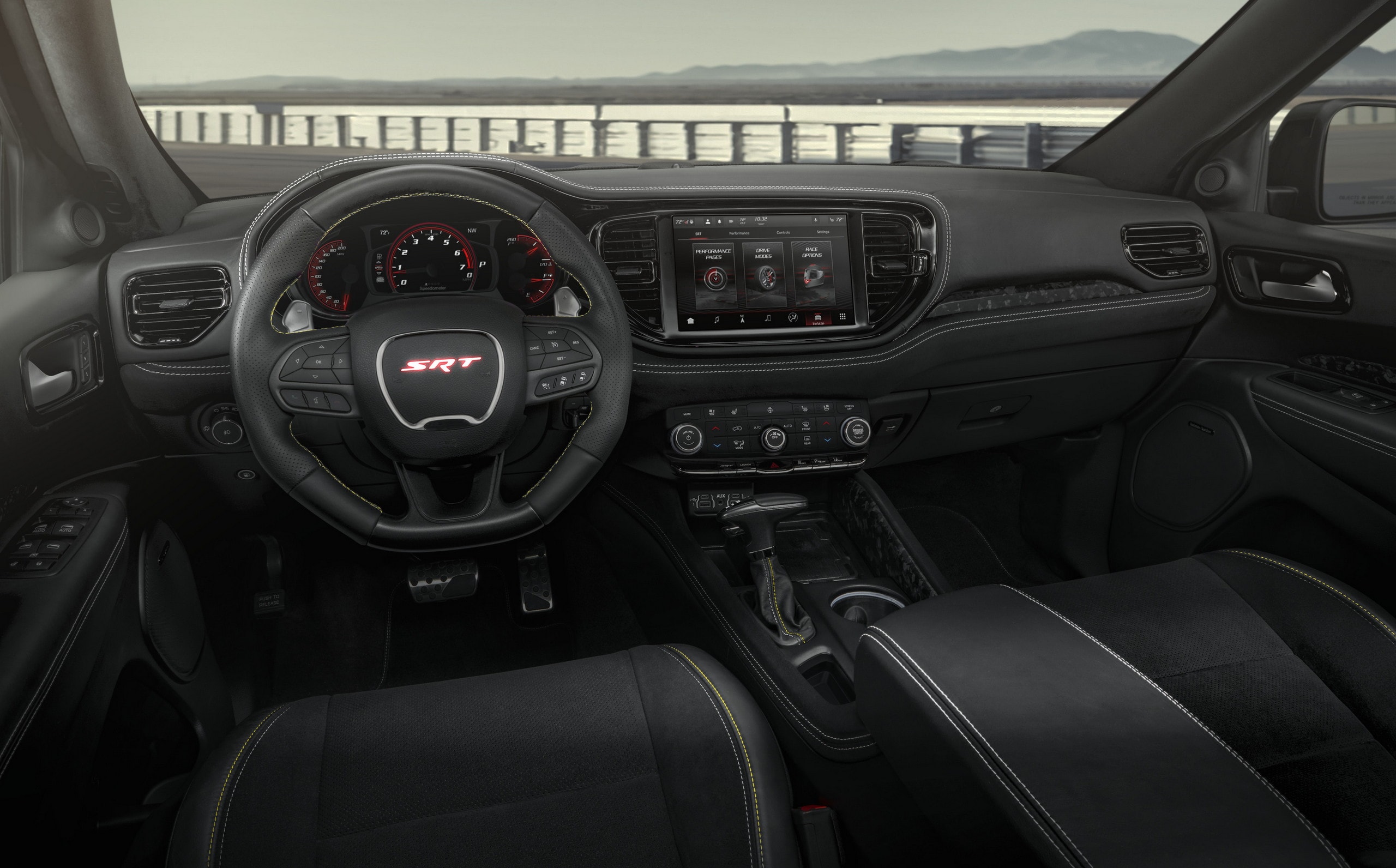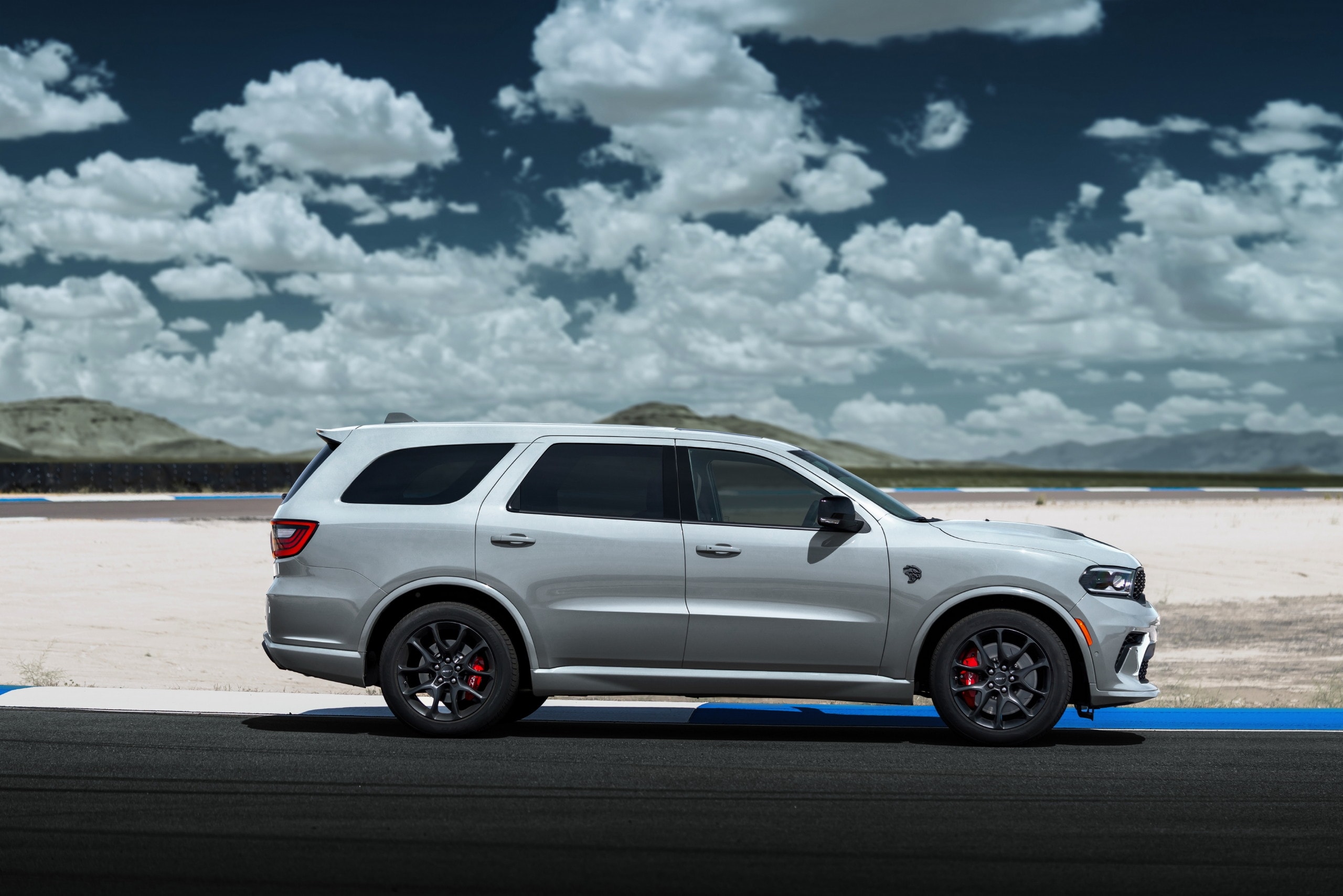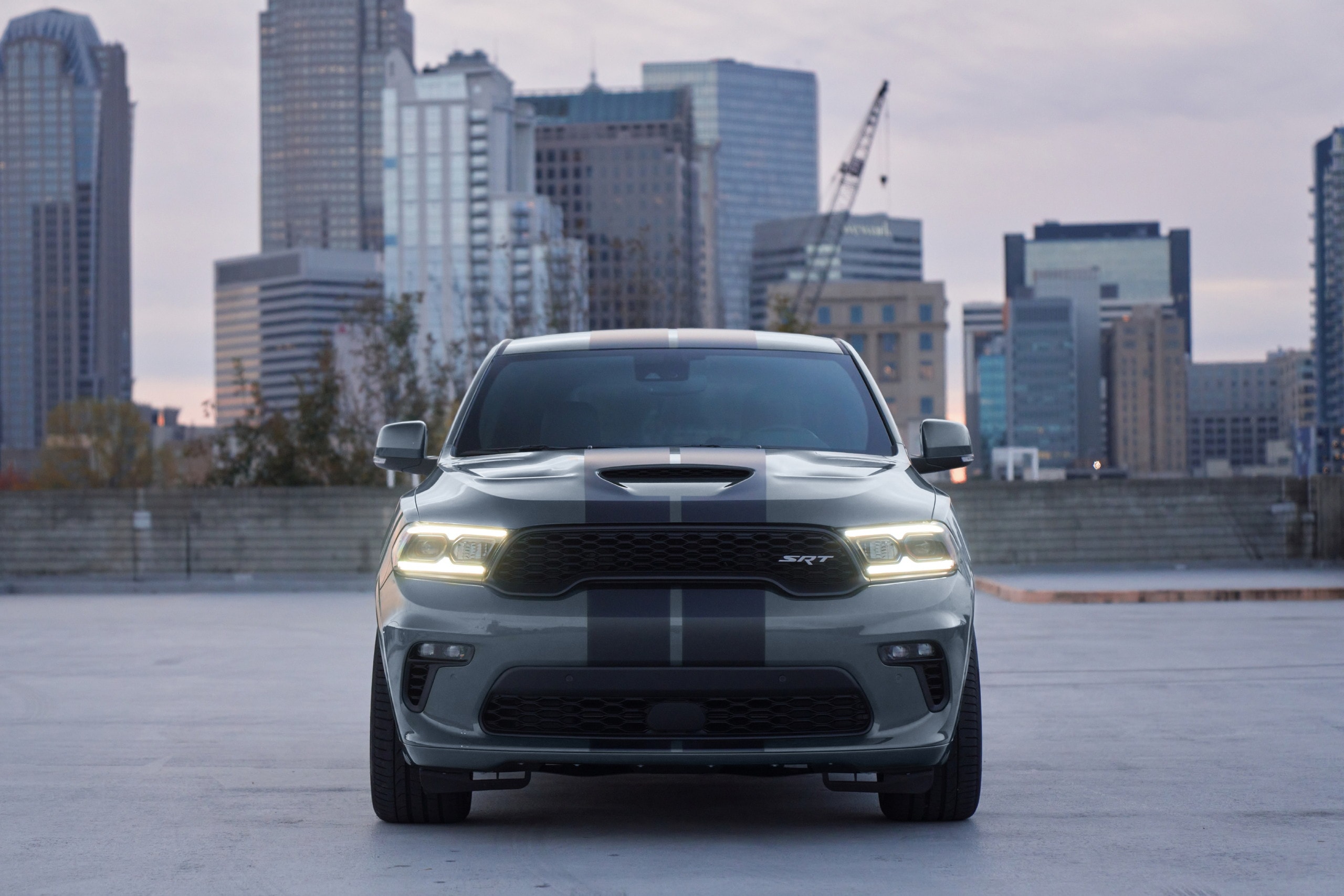The Dodge Durango, a stalwart in the SUV market, is showing its age. Introduced in 2010, the third-generation model has received numerous updates over the years. However, the passage of time is undeniable. Stellantis, the parent company of Dodge, is aware of this and has been working on a successor.
Recent reports suggest that the launch of the next-generation Durango is closer than anticipated. According to Sam Fiorani of AutoForecast Solutions, production is slated to begin at the Windsor factory in late 2026.
The new Durango will reportedly be built on the STLA Large platform, a foundation shared by the recently revealed Charger family. This platform will also underpin future models from Alfa Romeo and Maserati.

With the automotive world rapidly evolving, Dodge is poised to make a significant splash with its upcoming Durango. Though details are scarce, speculation abounds that the new Durango will mirror the powertrain options of its sibling, the Charger.
This could mean a range of electrified options, including dual-motor setups and substantial battery packs, catering to both performance enthusiasts and eco-conscious drivers.
For those who prefer the traditional internal combustion engine, the Durango may also retain its ICE heritage, potentially featuring the potent 3.0 liter twin turbocharged engine found in the Charger. The current generation of the Durango is expected to reach the end of its lifecycle in 2027.

This suggests that its successor could be introduced towards the end of 2026, potentially leading to a brief overlap between the two models. Such a decision would mark a significant milestone for the Durango, extending its production run to nearly 17 years.
The move also raises questions about the longevity of the new model, which could potentially remain in production for a substantial portion of the next decade. As Dodge prepares to reveal its latest SUV, anticipation is high for the innovative features and performance capabilities it will bring to the market.

